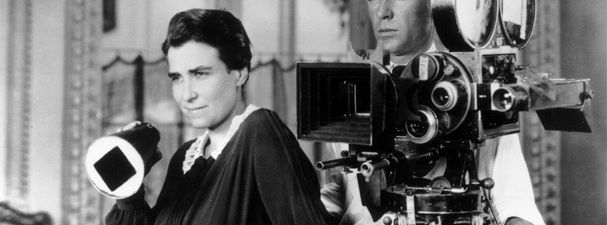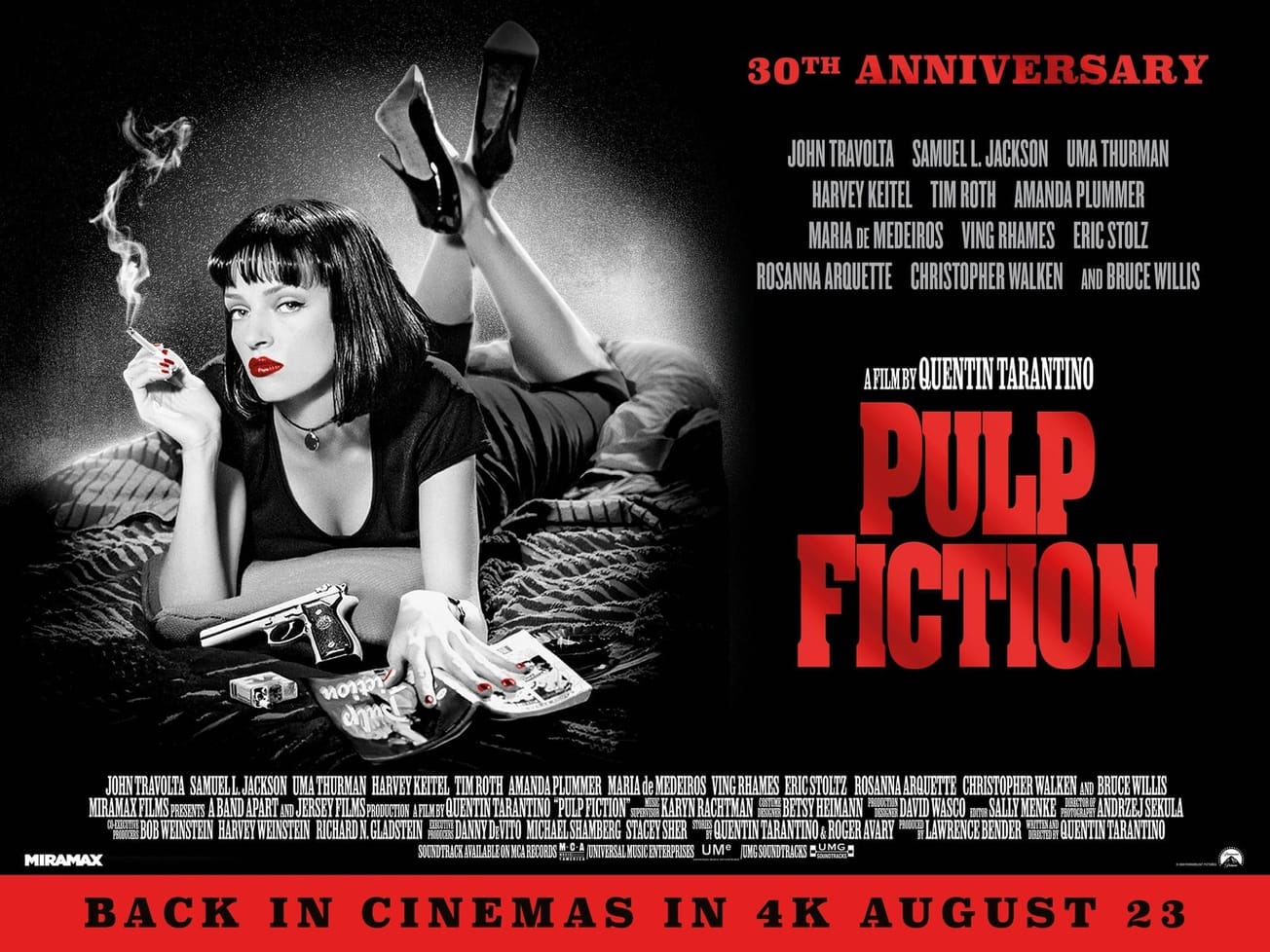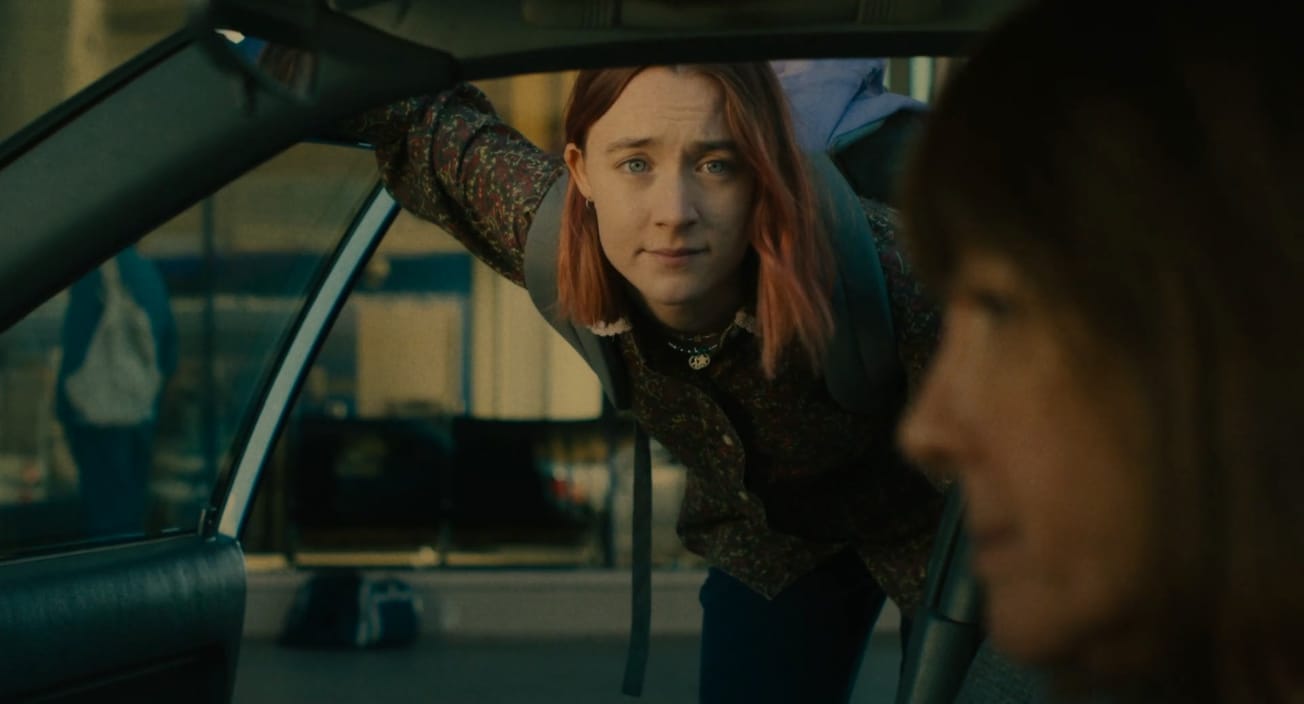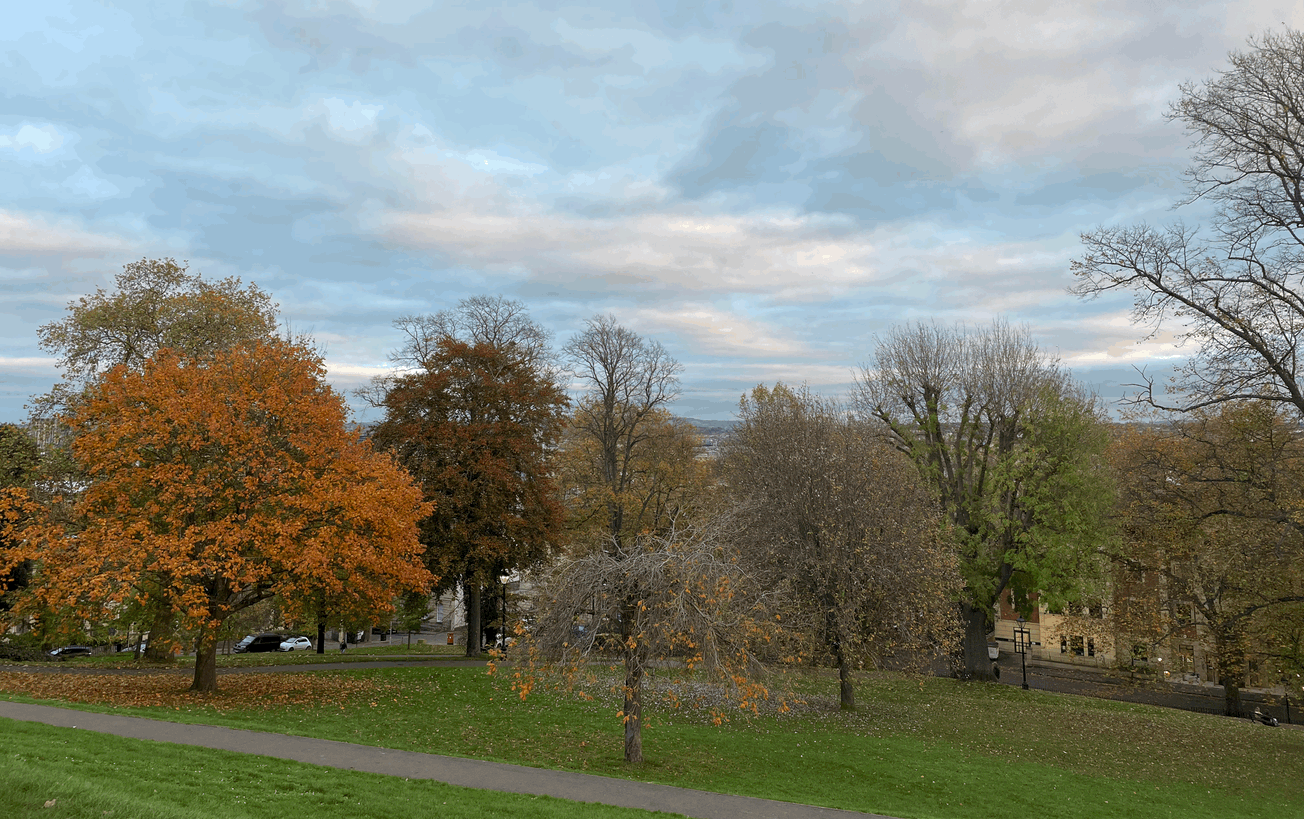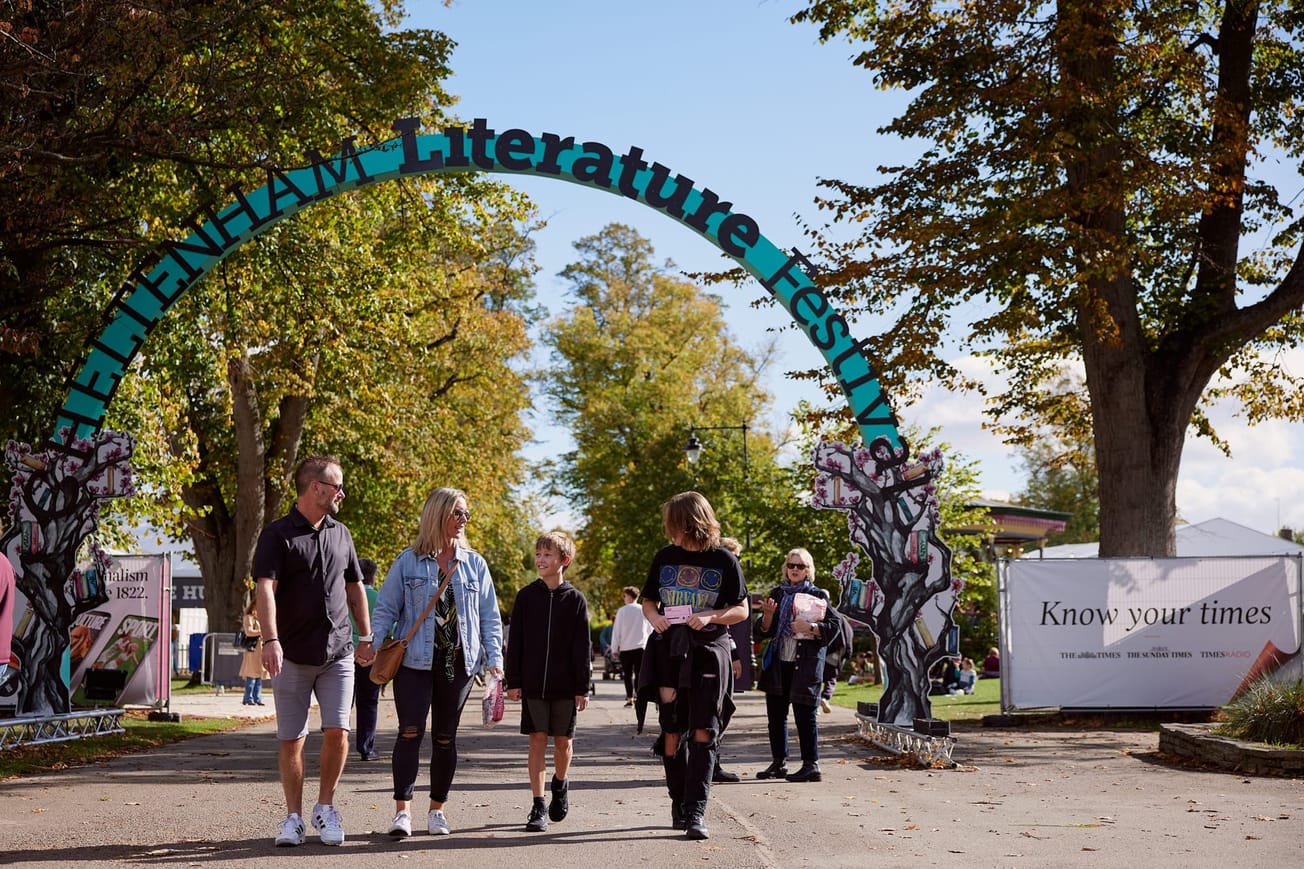By Ruby Smith, First Year English
Dorothy Arzner stands as one of the few lesbian directors of the Golden Age, and the woman director with the largest oeuvre in Hollywood to this day. As one of the most successful film directors of the 30s and 40s, her influence was widely recognised by her contemporaries but is now too often forgotten.
Arzner grew up in the inner workings of Hollywood, surrounded by actors and the theatre for her whole life throughout her childhood. Growing up in such an environment meant that the film industry never seemed a far-off or unattainable dream.
'Arzner’s position as a female director was a solitary one'
Arzner took advantage of the high-demand for workers and lack of men to occupy employment following World War I as a chance to get her start in the film industry. Working in various roles throughout the industry in positions such as set-dresser, script-typer, cutter, editor, eventually working her way up to director, Arzner’s career flourished behind the screen.
You know who was a style icon? Dorothy Arzner, the only woman director in Hollywood in the 1930s. She was openly lesbian and rumoured to have had relationships with Alla Nazimova, Joan Crawford, and Katharine Hepburn. pic.twitter.com/ZwuUDYhSVE
— Morgan M Page (@morganmpage) April 14, 2022
During the period, Hollywood was a place where women more-often stood in front of the camera, represented in roles constructed and controlled by men. Arzner’s position as a female director was a solitary one. From 1927 to 1943, when she retired as a feature-film director, she was the only working female director in Hollywood and the first woman to join the Directors Guild of America.
"No one gave me trouble because I was a woman. Men were more helpful than women."
It was unconventional for a woman to become renowned as a director, and Arzner’s sexuality crossed further boundaries. While her personal life was kept mostly private and she never discussed her sexuality with the public, she was openly known to have spent upwards of 40 years living with her female partner Marion Morgan. She was also rumoured to have had affairs with female Hollywood stars of the time, including Billie Burke and Alla Nazimova.
Director Dorothy Arzner (#botd) on set with her leading ladies pic.twitter.com/Z5lgJ6mo6D
— eve🌸 (@redheadonfilm) January 3, 2023
Arzner’s outward presentation was widely considered to be very masculine for the time. Her hair was cut short and she dressed herself in suits and ties, unlike the conventional dresses worn by women during the period.
Her work also lightly explored the role of women in society, depicting the female experience as seen through the eyes of a woman – almost impossible to come by elsewhere in early cinema.
'Behind the lens': What we owe to Wendy Carlos
LGBTQ+ Film & TV recommendations you simply can't miss out on this Valentine's Day
Despite undoubtedly breaking the social norms of the time, Arzner didn’t seem to let her marginalised position impact her career. When asked about her experience as a female director in the 40s she said: ‘No one gave me trouble because I was a woman. Men were more helpful than women.’ In Judith Mayne’s book about Arzner, she writes that in the public image she was seen as a hard-working woman who put her work and success first.
Her impact upon the film industry is undeniable. Her directorial work remained popular through the Hollywood transition from the silent era into the invention of the talkies. Arzner directed Paramount’s first ever talkie, The Wild Party (1929), which went on to be a box office success.
Featured Image: Flickr / Craig Duffy
How will you be celebrating the works of LGBTQ+ people this February?

